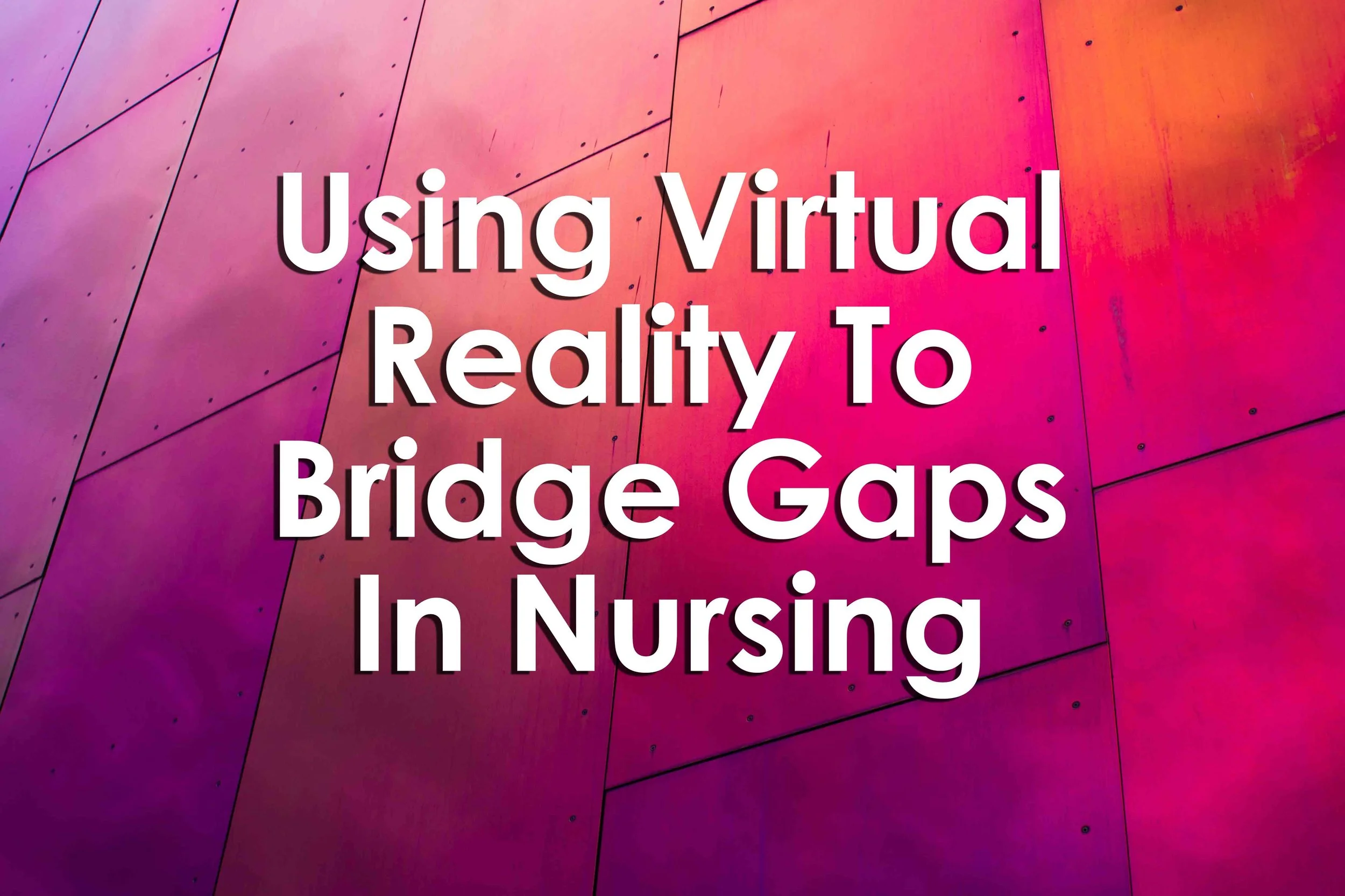Using Virtual Reality To Bridge Gaps In Nursing
Using Virtual Reality To Bridge Gaps In Nursing
Using Virtual Reality To Bridge Gaps In Nursing
By Lindsey Hendrix
Summary
Since early 2020, a team at the Texas A&M College of Nursing has been working on integrating VR simulations into their curriculum to help bridge the gap between classroom and clinic.
"VR simulation is in that area that we call a 'safe container,'" said Elizabeth Wells-Beede, clinical assistant professor at the College of Nursing.
Virtual reality is a new, emerging form of clinical simulation that provides more accessible and immersive experiences that don't require learners to travel to clinical settings, helping with the increasing burden on clinical practice partners to place learners.
Nursing faculty write the clinical scenarios and then work with Seo and her students to turn those scenarios into immersive, virtual reality experiences.
To access the simulated world, nursing students put on VR headsets that transport them into a virtual setting that can be a clinic, home or school.
Currently, the College of Nursing has applied VR simulation in two areas: Screening, BriefIntervention and Referral to Treatment, and forensic nursing.
The VR simulations are not only designed to bridge gaps inside nursing school.
Reference
Hendrix, L. (2022, April 22). Using virtual reality to bridge gaps in nursing. Retrieved April 28, 2022, from https://today.tamu.edu/2022/04/22/using-virtual-reality-to-bridge-gaps-in-nursing/


